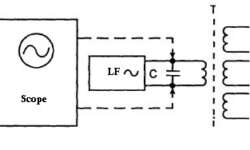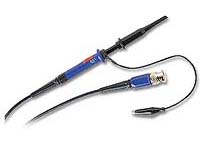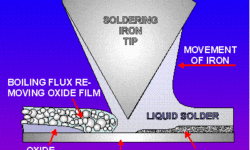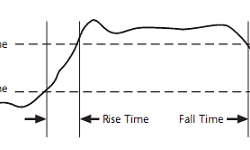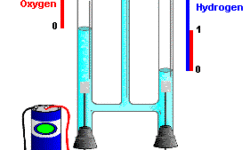Bi-color LED indication

Bi-color LEDs are the same LEDs as uni-color, just there is more than one LED housed in one package. Bi-color LEDs may have two or three leads depending on the intentional connection method. Three lead LEDs have a common cathode lead to which both LEDs are connected internally. To tun one of the LEDs or at the same time, connect the cathode to the ground via a current limiting resistor which value is equal to one LED required limiting. Of course, you can connect current limiting resistors to each of the anodes and control current individually. Then you can apply power to one of the anodes or both at the same time to have bi-color amber illumination.





